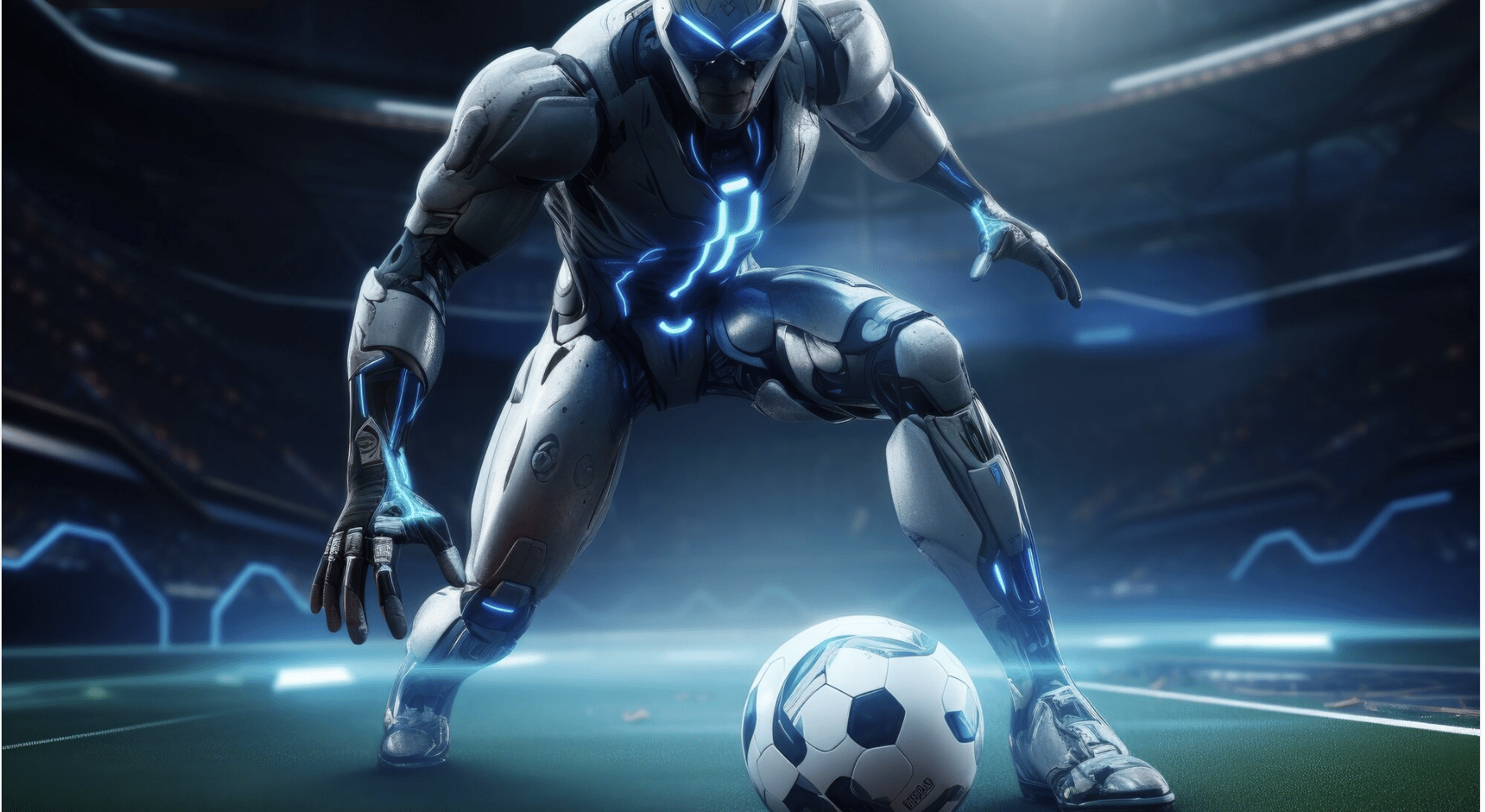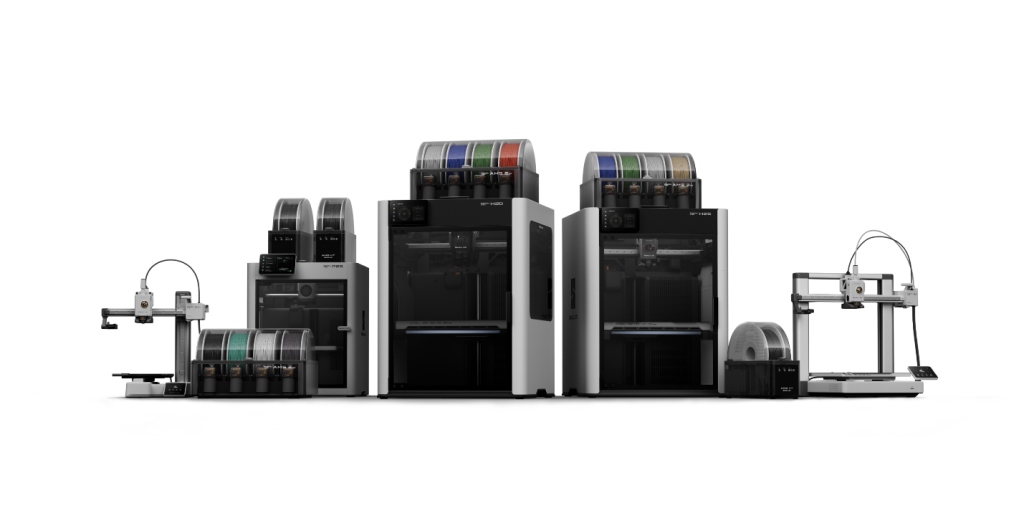Wouldn’t it be astonishing to gauge a football player’s performance metrics before they even stepped foot onto the pitch? In the realm of modern football, that is more of a reality than wishful thinking. With the advent of Artificial Intelligence, today’s sports professionals have the ability to predict a player’s physical conditions, tailoring predictions weeks in advance. Reliance on visually subjective evaluations and player subjective commentary is a thing of the past. Now, AI synthesizes information from several systems to form a comprehensive assessment of the athlete, examining everything from their previous medical history, current biophysics, and training schedules to seasonal weather shifts.
Athletes generate streams of data daily, from wearables, sleep trackers, hydration monitors, and GPS systems. AI opens the floodgates of data and finally solves the most critical query: Does this player have the physical capacity to summon their peak performance for the next match?

From Wearables to Predictions: The AI Pipeline
Wearable technology is a standard in all first division professional clubs. These technologies, placed in vests or boots, capture imputed movement, heart rate, the number of sprints, as well as acceleration and deceleration cycles. The unprocessed information is then sent to AI systems interfacing recovery and workload metrics.
Over time, these systems learn an athlete and flag potential red flags autoregressively. Imagine a player regularly running 11 kilometers per match. If their recent training volumes decline, or if their recovery measures plateau, the AI may forecast that they are entering a fatigue zone. This is where the athlete may not feel fatigued yet. This type of prediction gives the coach a chance to modify the training ahead of time, increasing or decreasing it based on the player’s needs.
This sort of integration mirrors how mobile platforms like MelBet Somalia download provide users with real-time sports insights, reflecting how athletes and fans alike now depend on rapid, data-driven information flows.
What Data AI Monitors to Predict Readiness
AI’s strength lies in detecting subtle variations—changes that humans might overlook. Physical condition prediction relies on an ecosystem of data points collected daily from training, rest, and match performance.
These include:
- Heart Rate Variability (HRV): Indicates recovery and autonomic nervous system balance.
- Sleep Metrics: Quality and duration influence muscle repair and energy levels.
- Muscle Load: Calculated from GPS and accelerometer data.
- Core Temperature and Hydration: Internal stress markers.
- Perceived Exertion: Athlete-reported fatigue scores.
These signals are processed through machine learning models, comparing real-time stats with historical performance and broader datasets from other athletes. AI adapts constantly—learning how each player’s body behaves over time.
AI Models That Predict Performance and Risk
Let’s take a closer look at the components AI systems use to make accurate pre-match condition predictions:
|
AI Component |
Monitored Factors |
Purpose in Prediction |
|---|---|---|
|
Recovery Index |
HRV, sleep, resting heart rate |
Detects fatigue accumulation and recovery quality |
|
Readiness Score |
Muscle load, temperature, hydration |
Predicts overall match fitness level |
|
Injury Risk Estimator |
Sprint spikes, deceleration loads |
Flags biomechanical strain or overtraining |
|
Cognitive Readiness |
Reaction times, focus, and stress biomarkers |
Gauges mental sharpness under match conditions |
|
Longitudinal Trends |
Weekly and monthly performance curves |
Identifies slow decline or peaks in physical output |
These models not only inform match day selections—they also shape training cycles, recovery plans, and long-term conditioning strategies.
Application in Coaching and Game Management
Here’s an example of how such predictions can be utilized: Coaches will no longer have to use guesswork to determine whether a player is match-fit. The system provides scores and recommendations. A player may be rotated out of the starting XI or placed on a minutes restriction if their readiness dips below a set level.
Most useful during busy times, such as tournament group stage matches or league run-ins, when every minute is critical. The AI allows for better management of personnel instead of forced minutes on a previously injured player.
Understanding their data also aids players. Dashboards tailored to the user display how lifestyle choices affect performance, such as staying up late or skipping recovery. This fosters accountability and motivation.
Clubs increasingly share their tech-driven approaches on channels like Instagram MelBet, where fans get a glimpse into the analytical side of preparation and team decision-making.
Just One List: Why AI-Based Readiness Prediction Matters
Let’s break down the top reasons AI predictions are now critical in football:
- Prevents injuries: Flags warning signs before physical breakdowns occur.
- Optimizes performance: Ensures players hit peak condition on match day.
- Improves training cycles: Guides when to push and when to rest.
- Enhances rotation strategies: Coaches make informed lineup decisions.
- Builds player trust: Athletes see the impact of habits on readiness.
The Future: AI Coaches and Real-Time Monitoring
AI integration offers a new form of monitoring during the match. Coaches now get real-time updates regarding a player’s biometric stress indicators. Substitutions now depend on tactics, strategy, and physiology.
In the near future, predictive algorithms might be able to collaborate with VR systems to simulate match situations based on the player’s physical condition. For instance, a player recovering from an injury could be evaluated through a pre-action risk-assessment simulation in VR.
Over an extended period, national governing bodies will be able to employ AI analytics to manage workload per match and player welfare at a policy level. This would indicate a paradigm shift towards proactive rather than reactive management in sports.











